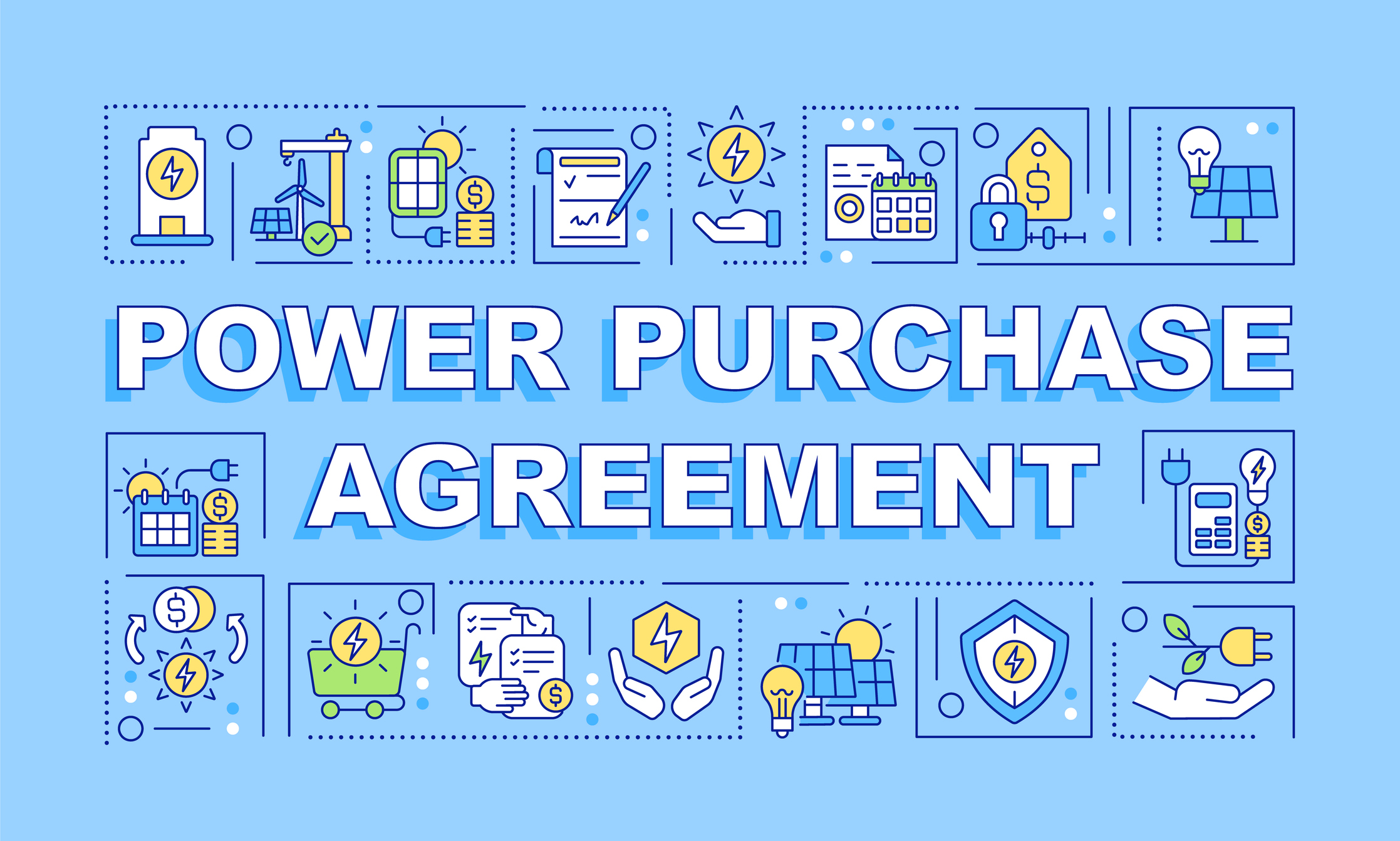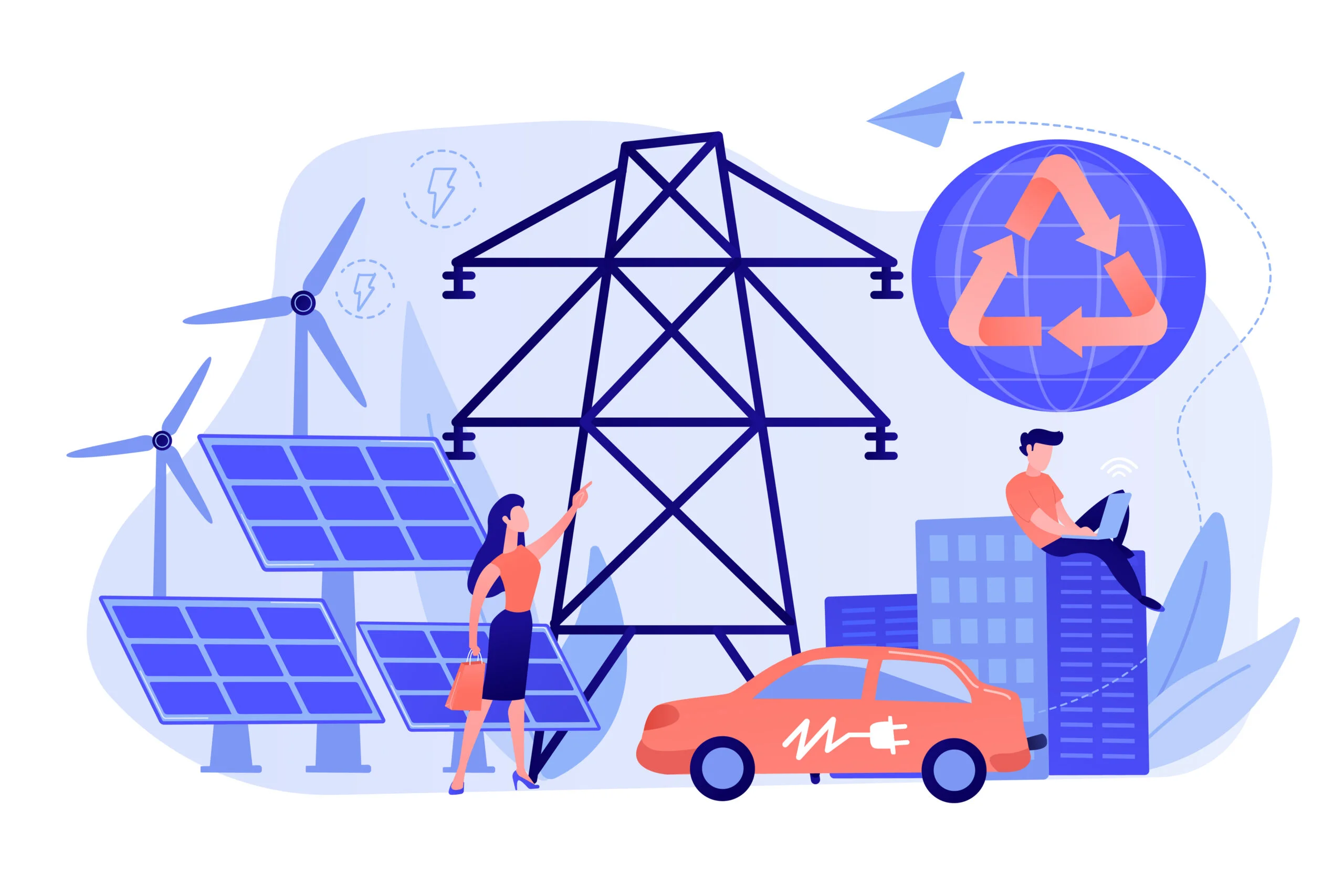Utility Program Marketing 101: The Challenges of Climate Change Misinformation

If you’ve spent any time on the internet, you’ve likely experienced the expression “do your own research.” The basic premise is simple enough—that we can all benefit from an open mind eager to learn—but that same premise underscores the increasing erosion of trust between audiences and media outlets. For example, a survey from 2022 discovered that 38.2% of Americans surveyed admitted to accidentally sharing misinformation. While social media is a net positive for democracies, it also serves to amplify inaccuracies of all shapes and sizes including the proliferation of climate change misinformation that has grown recently on Twitter. This climate change misinformation challenges utilities to grow and develop their demand flexibility and distributed energy resource (DER) initiatives. Let’s look at how to overcome the difficulties caused by climate change misinformation.
A Brief History of Fake News
Exploiting the media is as old as the free press. Early examples of public misinformation illustrated the power of using a visible platform to amplify harmful and often ugly opinions to sway public opinion. Most recently, the expression “fake news” implies that the inaccuracies in the news were either the fault of intentional misinformation or poor research, which is an important distinction: is the misinformation intentional or not? For the purpose of this article, we’re focused only on the outcome, not the intent; because climate change misinformation undermines environmental movements and objectives, patiently educating customers is the only thing that matters for utility program managers.
Common Pieces of Climate Change Misinformation
The study of climate change began in earnest nearly 400 years ago, when Johann Baptista van Helmolt inadvertently discovered carbon dioxide. That began the long process of recognizing how humanity has impacted climate change. Unfortunately, climate change is a direct threat to the fossil fuel industry, which has funded costly lobbying initiatives designed to undermine climate actions. These efforts have fueled decades of debate over climate change that have resulted in a few of the following claims:
- Cold winters are held as proof that climate change isn’t happening – This premise relies on the inaccurate phrase “global warming,” which was once more commonly used to describe climate change. What global warming—and the claim that cold winters disprove it—fail to recognize the difference between weather events and climate, which aren’t the same.
- Climate change is part of nature – Like all good falsehoods, there is some truth to this statement: climate change has happened in the past. What’s different this time is in how humanity has impacted those changes, and, more importantly, how we can change those actions to improve our environment.
- The Sun is partially to blame here – While it’s true that the Sun is the source of light and energy for the surface of Earth, there hasn’t been any significant solar activity to challenge our environment.
These are just a few of the more common examples of climate change misinformation. For a more recent example, a January 2023 episode of a popular podcast presented an erroneous theory about climate change that has since gone on to have millions of views. What that means for utility program managers is that climate change misinformation is not only prevalent, but ongoing, which will complicate opportunities for customer engagement in the demand flexibility and DER programs needed to enhance grid resiliency, minimize costly peak demand energy spending, and help utilities meet decarbonization goals.
The Challenges of Marketing For Customer Acquisition
Research indicates that in 2021, there were around 10.2 million U.S. utility customers enrolled in demand response programs. These customers helped utilities conserve a total of 984.13 gigawatts of electricity, which minimizes the need for expensive peak-demand energy purchases while strengthening the grid. And utilities need all the customers they can to prevent blackouts. From educating customers on the facts and virtues of demand flexibility or offering reassurance that their data and privacy are secure, utility program managers have their work cut out. Let’s look at a few ways that you can help educate against climate change misinformation and engage your customers.
Connecting Customers w/BYOD Programs
In general, bring your own device (BYOD) programs can come in a variety of shapes and sizes depending on the preferred OEM device partner. On the development side, starting any BYOD program takes some market research to determine the best possible device to develop a program around. What that means is that prior to piloting or scaling an existing demand flexibility program, utility program managers may benefit from understanding the best and most common devices in an area, which will potentially yield a wider net of customers.
So how do you engage potential customers to enroll and participate in your demand flexibility programs? Here are a few tips:
- Use a multi-channel approach – Meeting customers where they are is crucial to connecting with customers for greater program acquisition. Your marketing efforts should reflect the various outlets customers might see your information, so make sure to share across various social media channels, in your billing literature, and through educating utility call center employees to alert customers to potential savings. And always assume that today is a new day. Learn from your efforts and continue to build them by sending out emails, fliers, radio advertisements, and any other way you can connect with the customers you need to develop and sustain your program.
- Emphasize your marketing efforts based on the time of year – Programs like demand response typically only operate during seasonal weather extremes, from the high demand of the summer to the heating needs of the winter. As such, thermostat sales are more robust in June and December, as people prepare for their cooling and heating needs. Consider posting advertisements or collaborating with local appliance stores to alert customers to the potential savings that they are eligible for with demand response.
- Create and foster a contractor network – Customers often replace smart appliances like water heaters as an emergency response to product failure. Because of that, customers may not always be especially attuned to what these products offer behind the scenes. That’s why the Sacramento Municipal Utility District (SMUD) partnered with the contractors who install OEM appliances as envoys to help educate customers about possible programs.
Ultimately, remember to keep the language of your messaging simple. Explain to customers what each program does, what their incentives for enrollment and participation are, and how this program will impact their lives. For example, if you’re running an EV-managed charging program, minimize range anxiety concerns by explaining to customers how this might affect their charging behaviors or how/if they can opt out of a program as needed.
Cybersecurity & Privacy
One way to fight climate change misinformation is by assuring customers that their participation is safe from cyber breaches. In a recent survey, 73% of all respondents admitted to mistrusting their smart appliances. Right now, smart appliances are in around 16.38% of all homes worldwide, a growth of 8.2% since 2018. Still, research indicates that that figure will only grow to around 28% by 2028 globally, meaning that overall smart device adoptions remain sluggish. In 2022, there were over 422 million individuals affected by data breaches, so it’s understandable why many customers may find smart technologies, especially tech WiFi-enabled devices, concerning.
The easiest way to fight cybersecurity and privacy issues is full transparency. Explain to your customers how your program will work, especially in terms of their personal agency; customers need to know they still have control in their own homes. Likewise, they need to know what the data you might collect is for. By and large, utility program managers use this information for things like demand baselining or forecasting, to help garner a better pattern of usage and need. Explaining to your customers that any information collected is designed only to enhance program efficiency is a great means of minimizing a very understandable anxiety. If there is a breach, remain equally transparent (within reason) in what has happened, how it happened, and how you plan to prevent it again.
Climate Change Misinformation Conclusion
As of 2021, around 57% of all adults in the U.S. believed that global warming is happening. As the effects of climate change continue to come into focus, utilities face an uphill battle. When the subject of climate change is addressed, it’s often presented as a binary position—one person who debates the existence of climate change and another who disagrees, despite the reality that 97% of all scientists agree that climate change is a serious threat; suggesting that climate change is a two-position issue is, in itself, a form of climate change misinformation. Mitigating climate change misinformation means politely and patiently responding to rumors like a national ban on gas stoves or removing vehicles as part of an effort for “climate confinement” by kindly sharing the facts. Be patient and kind, always cite your sources, and market your programs as far and wide as possible.





